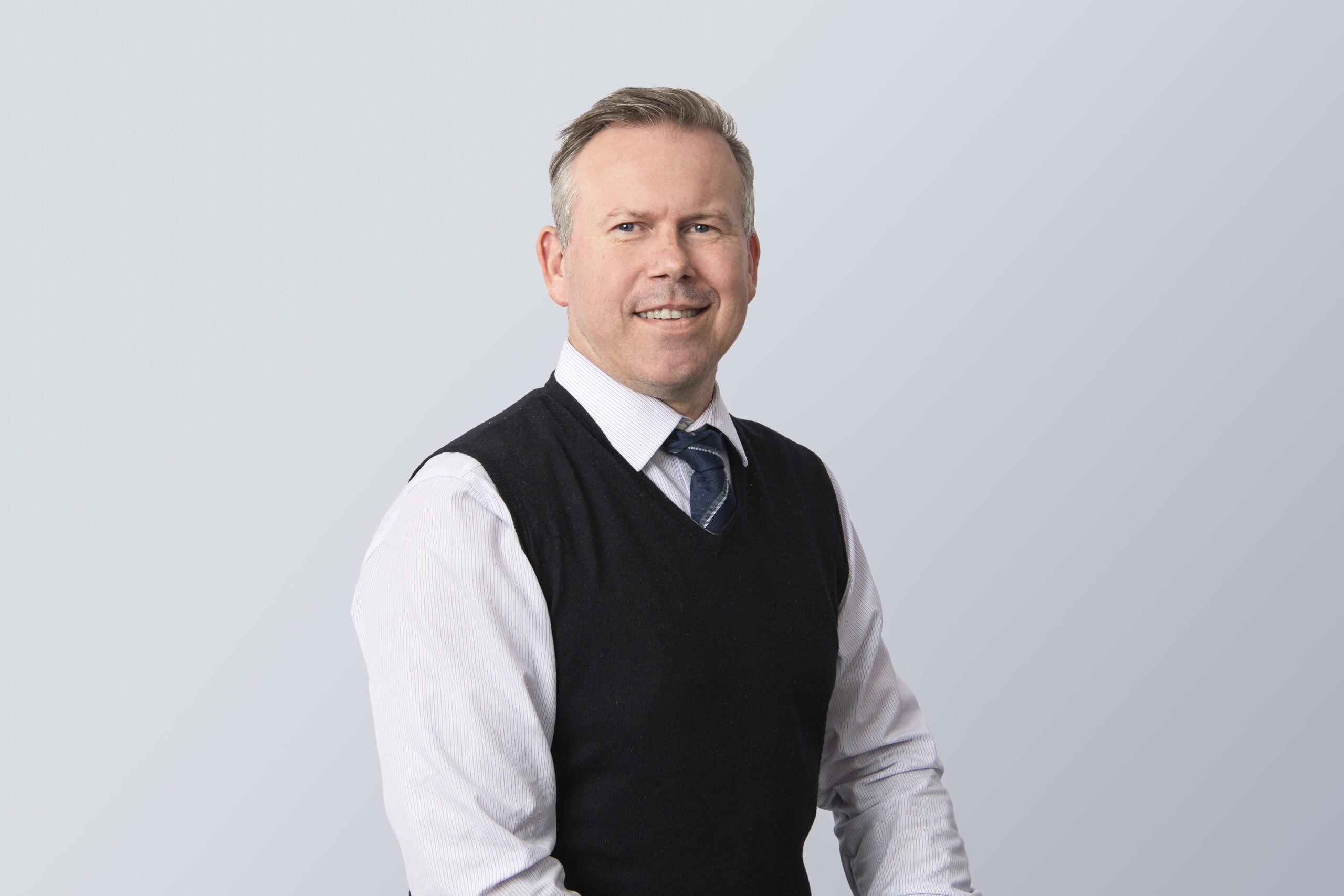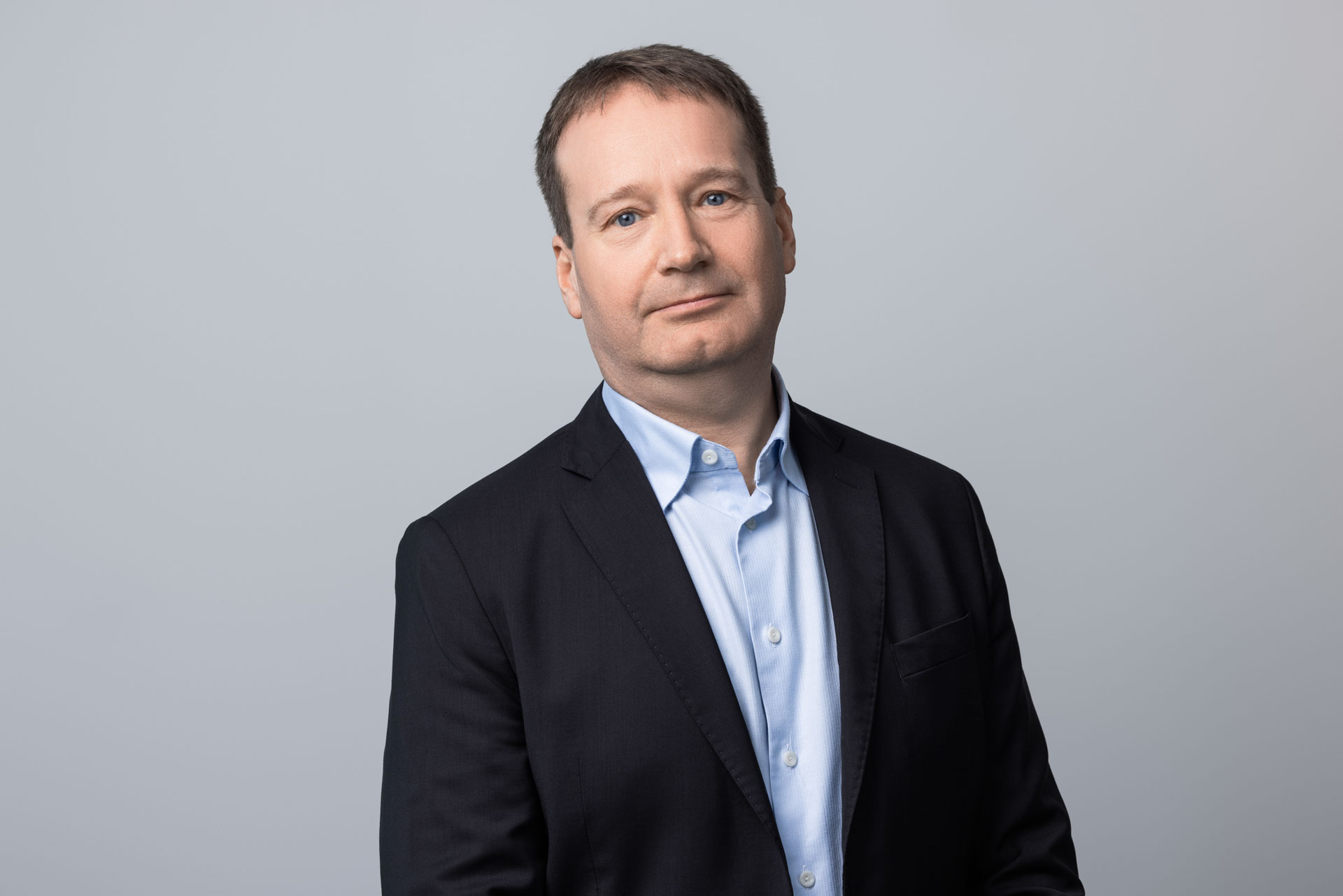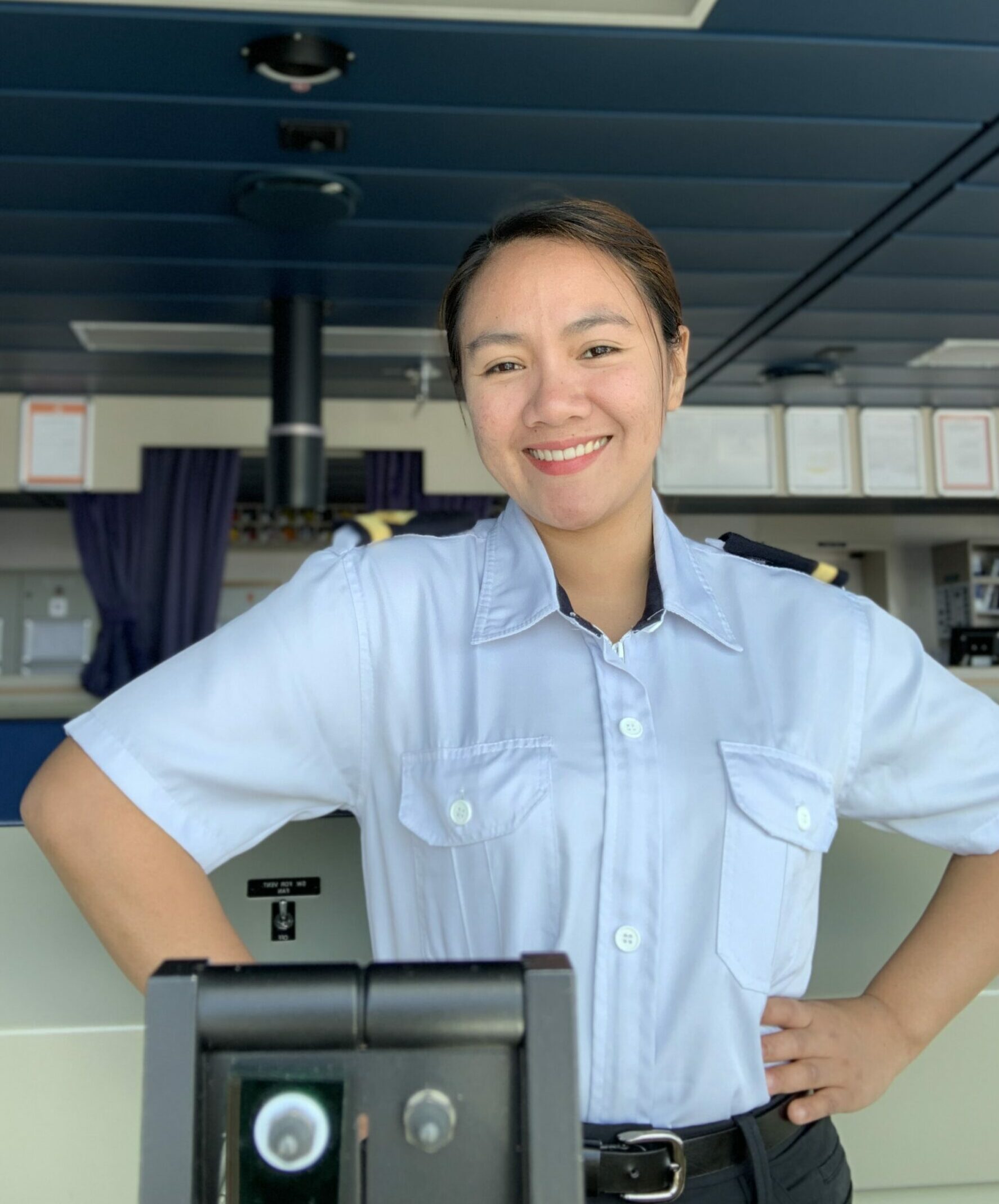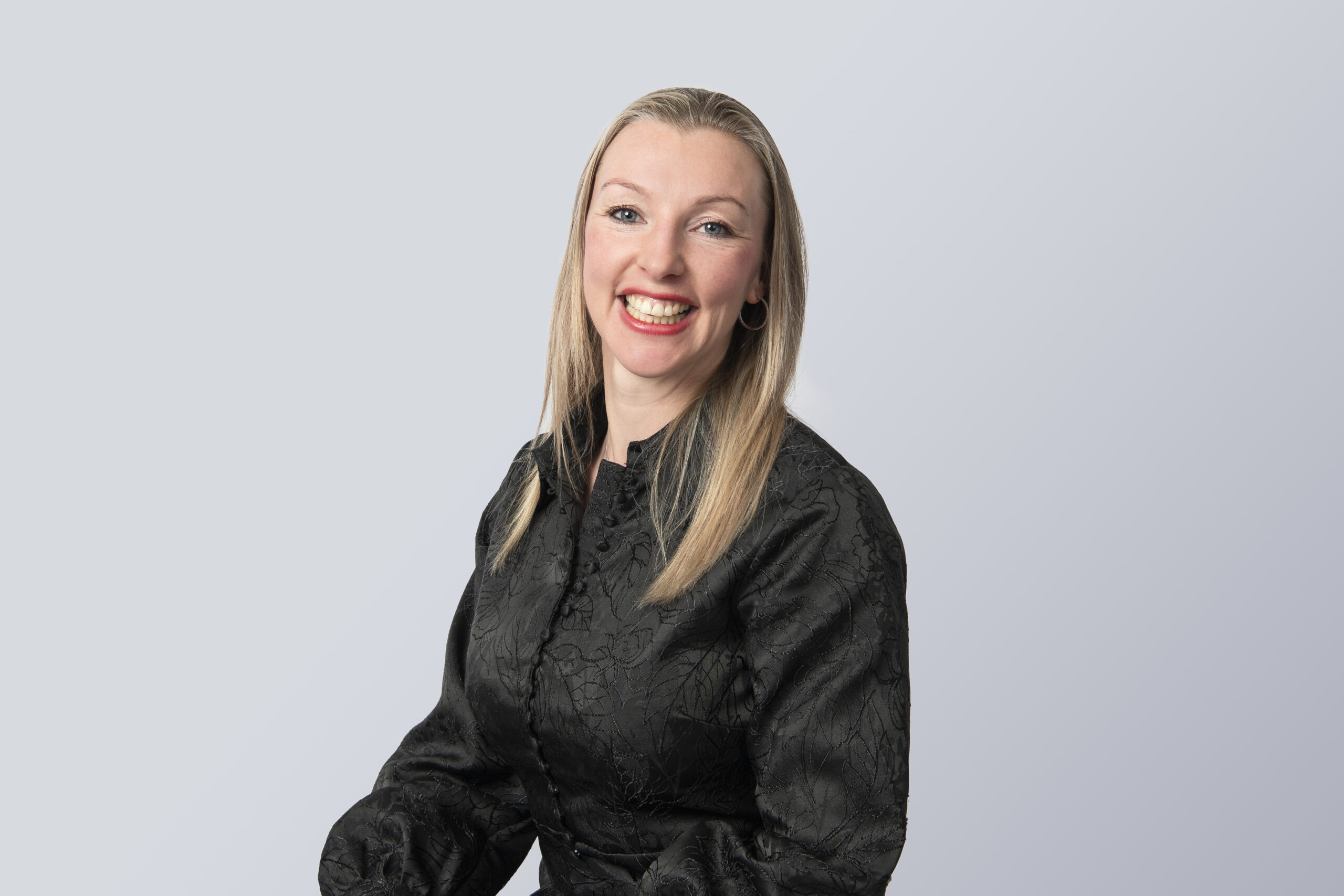Making heavy fuel oil clean
Exhaust gas recirculation (EGR) combined with previous measures reduces NOx emissions from heavy fuel oil by up to 80 % in a typical LPG tanker. The concept is a potential game changer for Norwegian domestic shipping.

«This project demonstrates a winning technology in facing the biggest future challenge to Norwegian commercial shipping, namely to achieve cleaner ships in a cost-efficient manner», says Per Magne Einang, Director of Smart Maritime, a Centre for Research Based Innovation (SFI) granted by the Research Council of Norway.
Shipping company Solvang ASA collaborates with the research institute Marintek, which is part of Smart Maritime, Wärtsilä and Equinor, the client of the actual ship.
The research project has produced certified measurement figures of pollutants from Solvang ASA´s LPG tanker Clipper Harald, after installing and running an exhaust gas recirculation (EGR) system together with a scrubber. The result is a remarkable drop of 67 % in NOx emissions. Together with a previous NOx-upgrading in 2008, the total NOx reduction from Clipper Harald stands at 80 %. In one year of operation, the drop equals 120 tonnes of NOx. This figure is equivalent to the combined emissions from 100,000 passenger cars. On every regular voyage between Kårstø and Rafnes, Clipper Harald removes the equivalent of 250 semi-trailers from the road, or 25,000 to 30,000 trucks on a yearly basis.
The NOx plunge involves no marked rise in fuel consumption and thereby puts Solvang ASA in the vanguard of minimizing emissions from carriers operated on heavy fuel oil (HFO).
«This is the first operational test of this technology world-wide, and we are positively surprised by the results», Mr. Einang states.
Opportunity for global emission cuts
None of the components of Clipper Harald´s new pollutant-fighting system is unknown to the shipping industry. In addition, alternative technologies like catalyzers or LNG-operation achieve similarly low emission figures. The innovation from Solvang ASA and its partners consists of a viable solution for the most wide spread fuel in ocean fright, today and in the future.
Heavy fuel oil or HFO is the residual after refining lighter petroleum products like gasoline, diesel or LPG from crude oil. It represents almost no processing, minimal CO2 emissions in production, it is highly available at low prices, has excellent technical properties as engine fuel and the highest energy density of all available fuels, meaning maximum cargo capacity for a given vessel size. The big disadvantages are Sulphur oxide/Sox, and NOx emissions, the exact factors that Solvang ASA addresses in the Clipper Harald project.
«When cleansed from SO2, and NOx, HFO is the key to continued cost-effective shipping in the future».
HFO + scrubber + EGR
An EGR system operates by the principle of recirculating exhaust gas back into the turbocharger of the engine, driven by a fan. The process requires removal of Sulphur/SOx from the initial exhaust stream, a process performed by a scrubber (air pollution control device). The newly installed scrubber onboard Clipper Harald reduces SOx content from 3.5 % to less than 0.1 %, as well as cutting soot particles by 80 to 90 %.
«We apply a conventional seawater scrubber tuned to feed the EGR system with optimal exhaust gas for combustion», says Sigurd Some Jenssen, Director EGC at Wärtsilä. As a long-term collaborator with Solvang ASA, Wärtsilä has installed scrubbers onboard six of the ship-owner´s carriers.
«We instantly accepted Solvang´s invitation to the Clipper Harald research project, which has delivered very positive results», Mr. Jenssen says.
When removing SOx from the exhaust, Solvang ASA is able to continue operating their ships on cheap HFO, instead of changing to more expensive diesel. In effect, the SOx cleansing finances the reductions in NOx, thereby making HFO a clean and cheap fuel for the future.
Potential for further emission cuts
The research institute Marintek in Trondheim carried out the ISO 8178-accredited tests onboard Clipper Harald. The researchers embedded on a two-day trip from Kårstø to Rafnes, where they calculated NOx and carbon emission in the exhaust gas from the main engine, with and without EGR.
Clipper Harald has one 7,850 kW (11,000 HP) main engine that consumes 1,200 liters of HFO per hour at regular speed. At full throttle and without any of Solvang ASA´s anti-pollutant measures, the exhaust contained up to 120 kg NOx per hour. The recent accredited measurement figures showed 26 kg NOx per hour with filters, scrubber and EGR.
Solvang ASA has prepared five additional ships for similar installation of EGR, as they already have scrubbers. These vessels sail a longer distance per year than Clipper Harald, thus increasing the potential for NOx emission cuts to between 200 and 400 tonnes per ship. The combined potential for six vessels range from 1,100 to 1,950 tonnes per year. In comparison, the total NOx emissions from Norwegian domestic shipping is 52,000 tonnes, according to DNV GL´s most recent estimates.
Equinor at the front
In order to apply a scrubber and EGR system onboard a carrier, the client first needs to commit to the project. In the case of Clipper Harald, Equinor contributed to the EGR installation, thereby qualifying the ship for exemption of NOx taxes through Norway´s NOx refund scheme.
«We appreciate that Equinor joined this research project, thereby proving the functionality of the national incentives framework to reduce NOx emissions», Solvang ASA states.
Matching ECA and ESI-boost
After installing the Exhaust Gas Cleaning system and EGR system, Clipper Harald scores 62 points (up from 6) on the Environmental Ship Index (ESI), a World Ports Climate Initiative (WPCI) which entitles ships with excellent air emission performance to pay only half port tax and pilot tax at the world´s key ports.
In addition, Clipper Harald is now approximately 70 % below the current tier II emission standards, valid for new vessels as from January 1, 2013, only exceeded by tier III, currently achieved by ships running on LNG or with a catalyzer. Further adjustments of the HFO/scrubber/EGR method will assure compliance with tier III emission standards, valid in US from January 1, 2016 and expected to be enforced in the North Sea and Baltic ECAs (Emission Control Areas) no later than 2020.
«The concept is likely to admit heavy oil-fueled carriers to sail in these ECAs in the future, providing Norwegian commercial shipping with a tremendous competitive advantage», Mr. Einang states.
In cooperation with Smart Maritime, Clipper Harald will undergo further tests and verification. Solvang ASA anticipates that long-term engine stability and continuous emission control could turn the HFO/scrubber/EGR concept into a solution for worldwide shipping.





